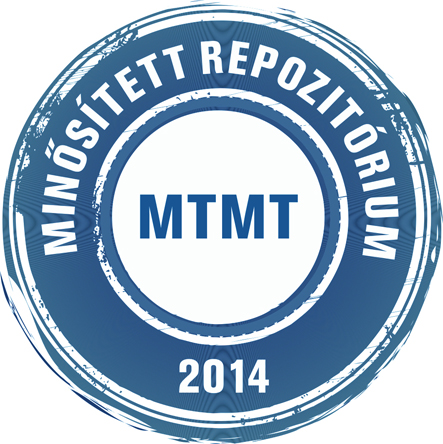Horváth Péter: A népi kultúra kohéziós szerepe az interregionális kapcsolatok erősítésében. In: Közép-európai közlemények, (8) 2. pp. 62-70. (2015)
Előnézet |
Cikk, tanulmány, mű
kek_029_062-070.pdf Letöltés (7MB) | Előnézet |
Absztrakt (kivonat)
The consequences of the Trianon demarcation have most severly affected the eastern part of historical Hungary. The socialist era following World War II. has also raised difficulties in keeping the interregional economic-, social-and cultural contacts going. The study wishes to demonstrate that in this post-Trianon situation folk culture is still one of those potential cohesive forces which can save and at the same time strengthen interregional relations across hungarian-romanian cross-border areas, as in the Hajdú-Bihar–Bihor Euro-region–the late Bihar county in fact. What the novelty in approaching the method taken lies in is that it –by more closely studying folk culture, specifically folk-dance traditions –is analyzing the matter of economic-, social-and cultural cohesion not ex-pressly political-historical or ethnographic, but in regional dimensions for the first time in this form. The essay is trying to find out how the values of cultural heritage can be saved and revitalized and as a result how hungarian-hungarian and inter-ethnic cultural relationships can be improved in accordance with the outcome of the Europian integrational and the Schengen-process.
| Mű típusa: | Cikk, tanulmány, mű |
|---|---|
| Egyéb cím: | The cohesive role of folk culture in improving interregional relations |
| Befoglaló folyóirat/kiadvány címe: | Közép-európai közlemények |
| Dátum: | 2015 |
| Kötet: | 8 |
| Szám: | 2 |
| ISSN: | 1789-6339 |
| Oldalak: | pp. 62-70 |
| Nyelv: | magyar |
| Befoglaló mű URL: | http://acta.bibl.u-szeged.hu/39750/ |
| Kulcsszavak: | Népi kultúra, Kultúrantropológia |
| Megjegyzések: | Bibliogr.: p. 69-70. |
| Feltöltés dátuma: | 2016. okt. 17. 10:36 |
| Utolsó módosítás: | 2021. máj. 05. 13:16 |
| URI: | http://acta.bibl.u-szeged.hu/id/eprint/36396 |
 |
Tétel nézet |



